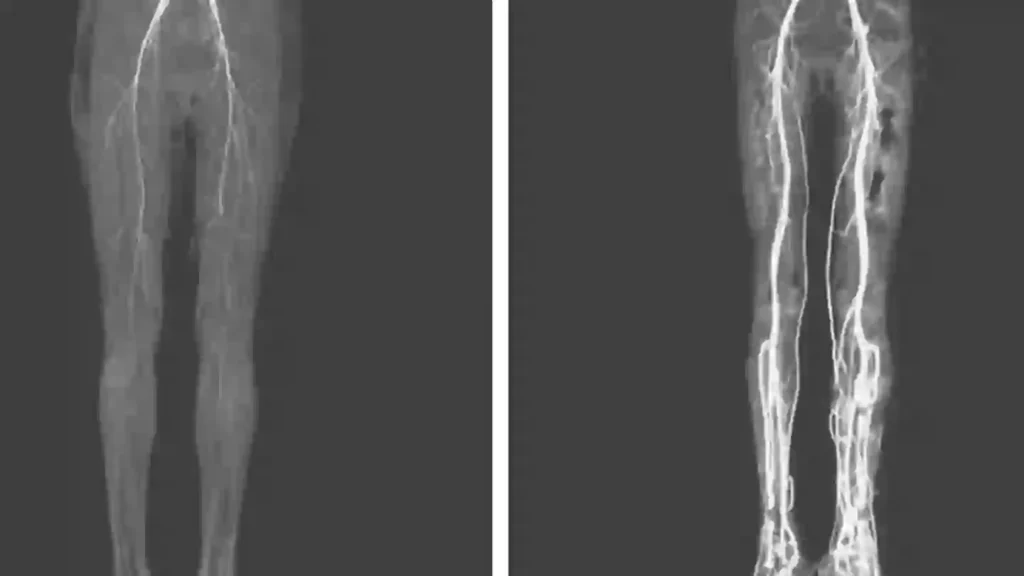The effects of ergot can cause convulsions, hallucinations, and bodily decay; in medieval society, it was often associated with demonic influence.
The condition was documented in the National Library of Medicine, ‘One holy man, one eponym, three distinct diseases. St. Anthony’s fire revisited’,talks through history of St. Anthony’s fire.
“The earliest mention of the epidemic in European literature dates back to a German text from 857. Subsequent records of outbreaks appeared in France, Germany, and Scandinavia,” as explained.
“From 945 AD onward, a total of 83 instances of ergotism have been documented across Europe, although this tally is undoubtedly incomplete.”

St Anthony Abbot is credited with assisting in a number of miraculous healings, primarily from ergotism, which became known as ‘St. Anthony’s Fire’ (Heritage Art/Heritage Images via Getty Images)
“Wendelin Therius, a German physician, first identified ergotism as the disease’s cause in 1596 during an outbreak.”
Although measures to combat the epidemic were introduced in 1778, the link to the claviceps fungus was established only in 1676.
The study noted, “In 1778, French medical professionals witnessed a massive outbreak in Sologane, France, resulting in over 8,000 deaths, prompting recommendations for draining fields and washing grains, although exchanges for infected grains proved challenging, making the use of potatoes a suggested alternative.”
Featured Image Credit: The New England Journal of Medicine/Getty images


